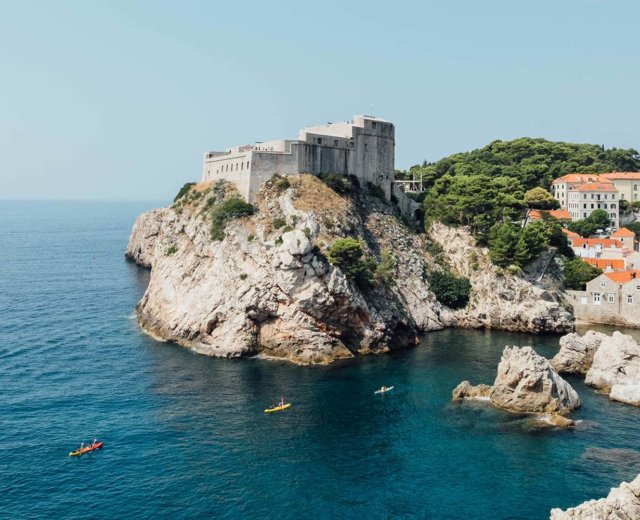Life in Italy fuels this lost happiness habit
By Anna Brech

Aperitivo. Sunshine. Great scoops of creamy gelato. There are plenty of reasons for happiness in Italy.
But perhaps the finest of all lies in a cultural ideal.
Il dolce far niente means “the sweetness of doing nothing”. And, in this frazzled world we live in, it’s a rare value indeed.
The sweetness of doing nothing
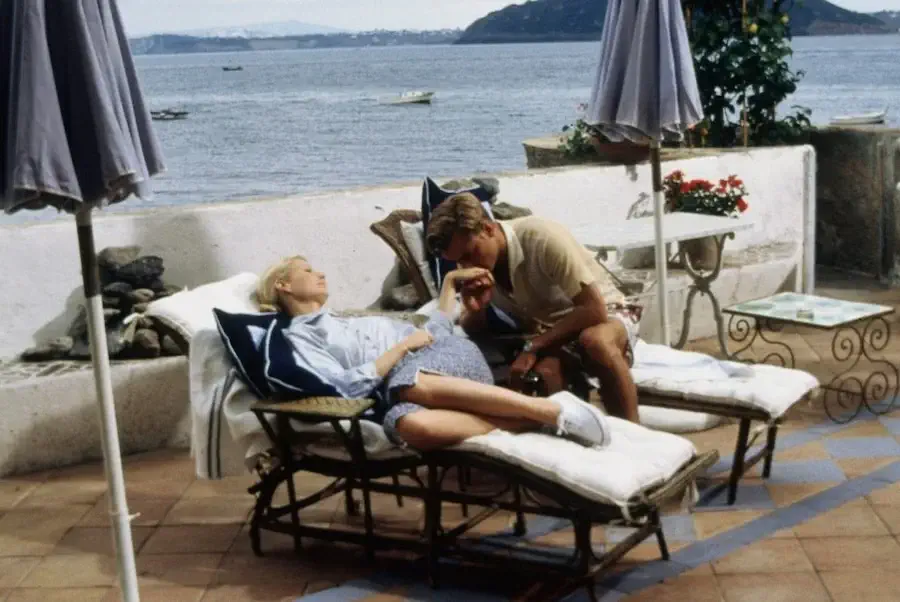
Busy is a badge of honour in our society right now. Somehow gasping for air under an avalanche of to-dos is a sign you’re Doing Life Right.
But il dolce far niente flips this rule book on its head.
“The beauty of doing nothing is the goal of all your work, the final accomplishment for which you are most highly congratulated,” writes Elizabeth Gilbert in her best-selling travel tome, Eat, Pray, Love.
“The more exquisitely and delightfully you can do nothing, the higher your life’s achievement.”
Read more: An escape to the Prosecco hills of Venice
Julia Thrush, the half-American, half-Italian founder of The Melting Pot language school in Sicily, defines it as “the ability to take time off and enjoy the things around you”.
“It’s about great company, good food, and what you perceive with your senses – being sensually attuned,” she tells Flash Pack.
Savouring the little things
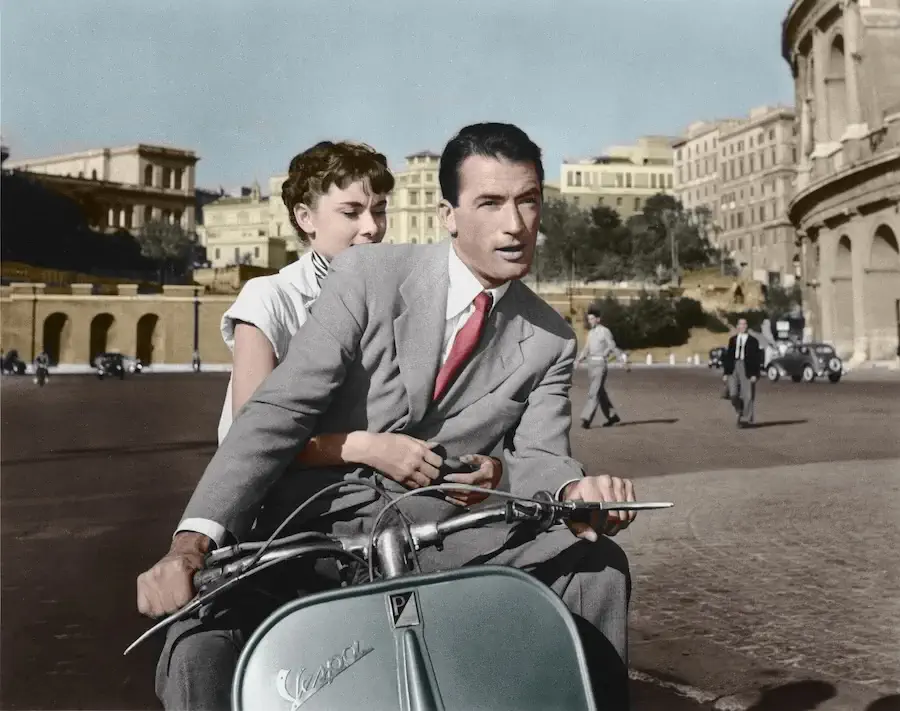
At the heart of il dolce far niente lies the ability to appreciate life, rather than simply gaming it.
And living the value takes a commitment that goes against the grain of the modern-day grind.
“People in Italy face huge economic pressures right now, but despite this – or perhaps because of it – people still manage to enjoy the little things,” says Thrush.
Read more: Try Croatia’s fjaka mindset for a happier work-life balance
Of course, the ideal is more pronounced in some places than others.
You’re less likely to find la dolce far niente in Milan, for example, the industrial capital of the north. And even in southern Italy, it’s less pronounced than it once was.
And, yet still, the motivation is there to “spend time on things that give pleasure and savour relationships”, says Thrush. It’s about “taking a step back and developing perspective to enjoy a moment of a day or a week”.
Presence over productivity
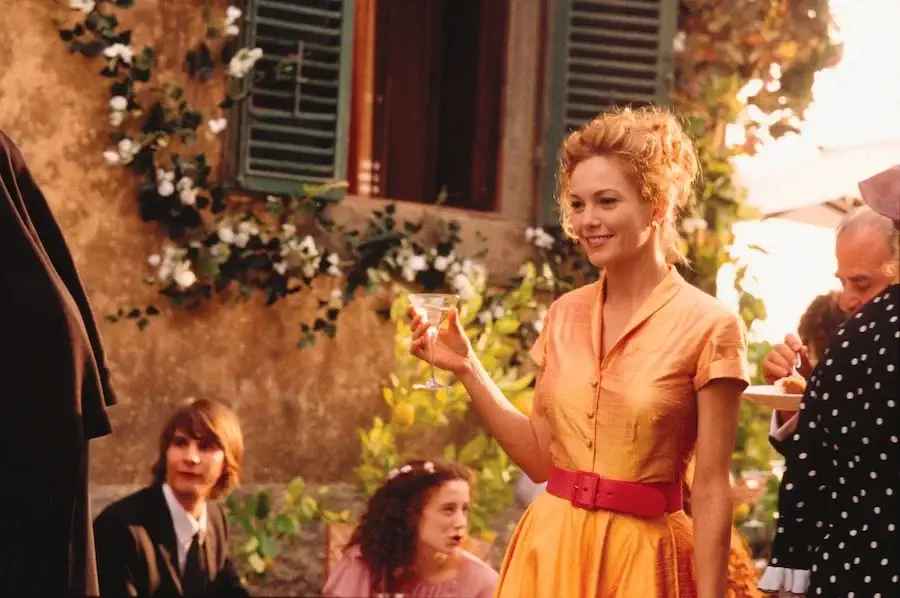
It would be easy to dismiss il dolce far niente as laziness, but that’s a simplistic reading.
Really, it’s about focusing the lens of life so that the time you have doesn’t pass in a frantic blur. When you slow things down, you unshackle yourself from the relentless drive of doing, proving and achieving.
Cutting loose from this pressure is “the ultimate antidote to anxiety”, says creative coder Martin Malinda, who found his own version of slow living on a three-month sabbatical in Portugal.
“There’s always more to be done. There’s always a way to do things better,” he writes in a post for Medium. “Do as much as you need or want, sometimes more, sometimes less […] The slower I live, the happier I am, the freer I feel.”
Read more: Want a stress-free life? Stop working so hard and just be
Il dolce far niente offers a route into slowing things down, and reclaiming this feeling of freedom.
“It’s a way of looking at the world around you without everything being a rushed blur,” says Thrush.
You press pause on the routine to focus on what make you happy; whether that’s a long lunch with loved ones, or stretching out in the afternoon sunshine.
Living for now, not retirement
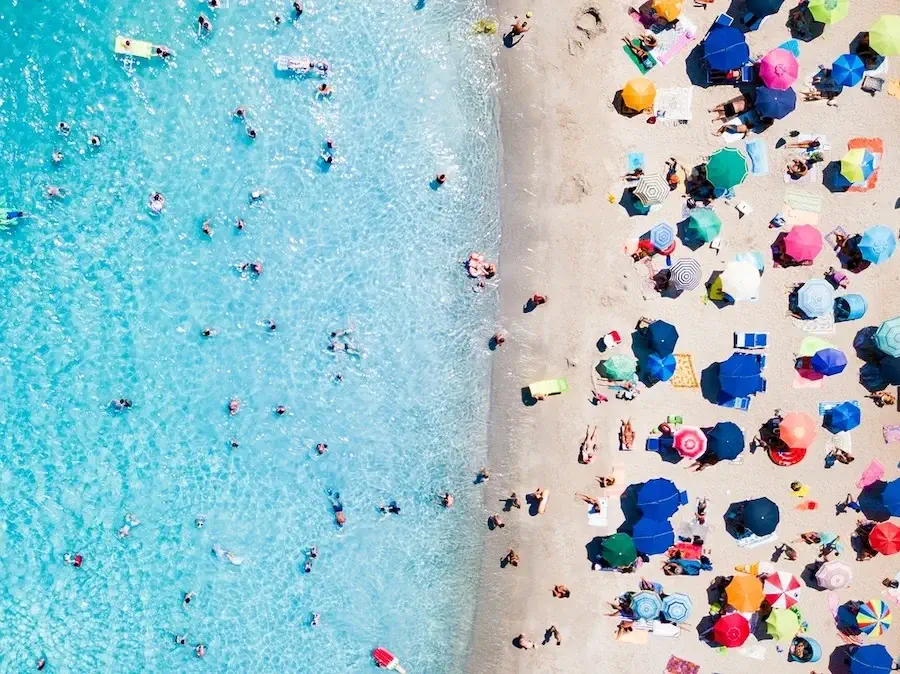
As author Gilbert points out, “you don’t necessarily need to be rich” in order to experience il dolce far niente (although like anything in life, that helps). Instead, it’s more of a mindset that you integrate into your daily life.
“In Italy, you grow up with an appreciation of time – it’s taught right from the beginning,” says Thrush, who has lived in Sicily for the past 17 years and is raising two young children there.
“When I go back to the States, I notice that it’s all rush, rush, rush and work, work, work, work. People think they will follow this pattern and then relax when they retire, but I think that’s too late.”
Read more: This woman quit her high-flying job to live and work in a van
You can, of course, spend your days scheduling every last minute and blitzing a giant to-do list. Maybe one day, you hope you’ll find time to chill out.
But “how we spend our days is, of course, how we spend our lives,” writes American author Annie Dillard in The Writing Life. “What we do with this hour, and that one, is what we are doing.
The problem with prioritising productivity is that “each day is the same, so you remember the series afterward as a blurred and powerful pattern […] A day that closely resembles every other day of the past ten or twenty years does not suggest itself as a good one”.
Reclaiming freedom
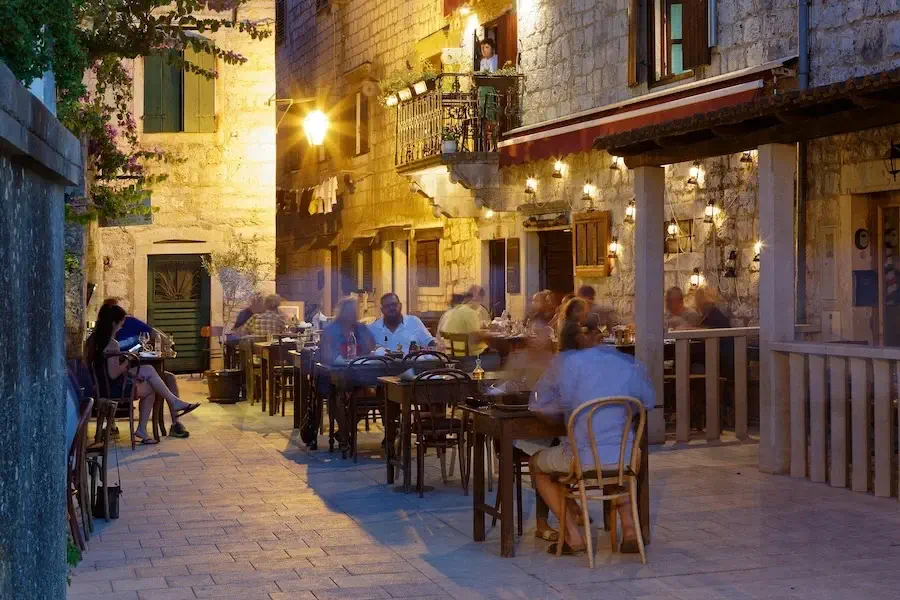
When you press pause on a productive life, “you give yourself the privilege of having no obligation,” says Malinda. “You are not obliged to make money, to study, to work out or even to self-develop.
“[…] You actually have the freedom to casually go out there in the world and enjoy the day and see it in a different light and a new perspective.”
This philosophy is writ large in the act of taking sabbatical. But il dolce far niente captures a smaller, everyday version of it.
Read more: Less work, more life – tackling the mid-30 blues
For some Italians, it offers a romanticised version of the country; something that does not ring true with their experience today.
“I’d hardly say that il dolce far niente is a thing in Italy at the moment,” says Sardinian travel writer Claudia Tavani, who blogs at My Adventures Across The World.
“The daily struggle for many here is to get a job and, as we say ‘arrivare a fine mese’ (making it to the end of the month on meagre salaries). I know no such thing as relaxing in my daily life, no such thing as chilling.”
Like all ideals, il dolce far niente is only as real as you make it. It’s a stretch, perhaps even a luxury, in modern times.
But if it’s an eroding value in a world that worships busy, perhaps that’s all the more reason to aspire to it.
Because if you can capture the beauty of nothingness on a day-today basis, your life will be sweet indeed.
How to live il dolce far niente
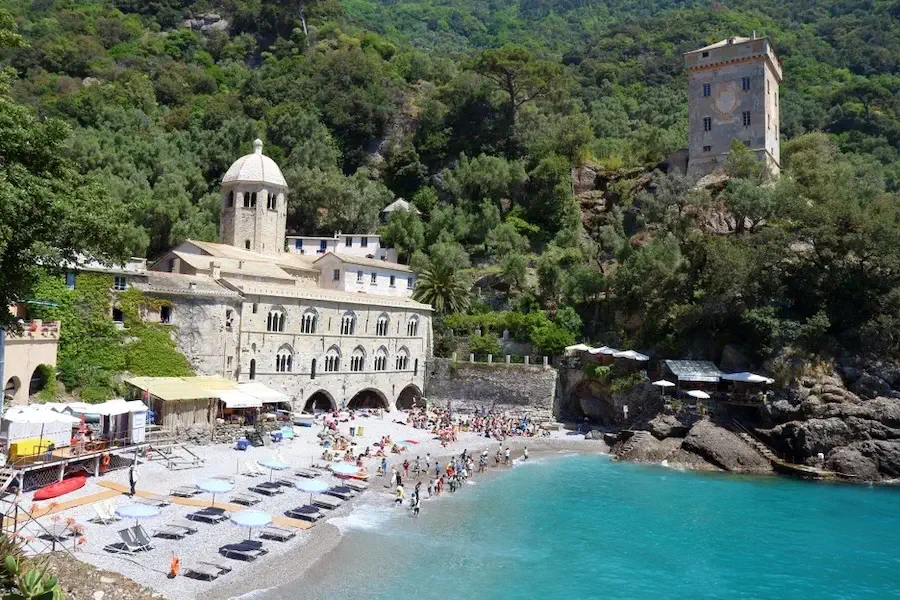
San Fruttuoso di Camogli, Italy, is a stunning bay with a centuries-old abbey, and is only accessible by boat or foot along the coast path.
Fancy honing the art of sweet nothingness? Follow these steps.
Reclaim your lunch break
Ditch that sandwich al desko. “In the South of Italy, it’s very much a thing to leave your desk and sit down for half an hour or an hour to enjoy your food,” says Thrush. “If you rush, you can’t enjoy it in the same way.”
Don’t over-schedule
Resist the temptation to micro-manage every last moment of your time. Doing so will help you get more done, yes – but having free time throughout the day is a lot less stressful, and gives you licence to just be you.
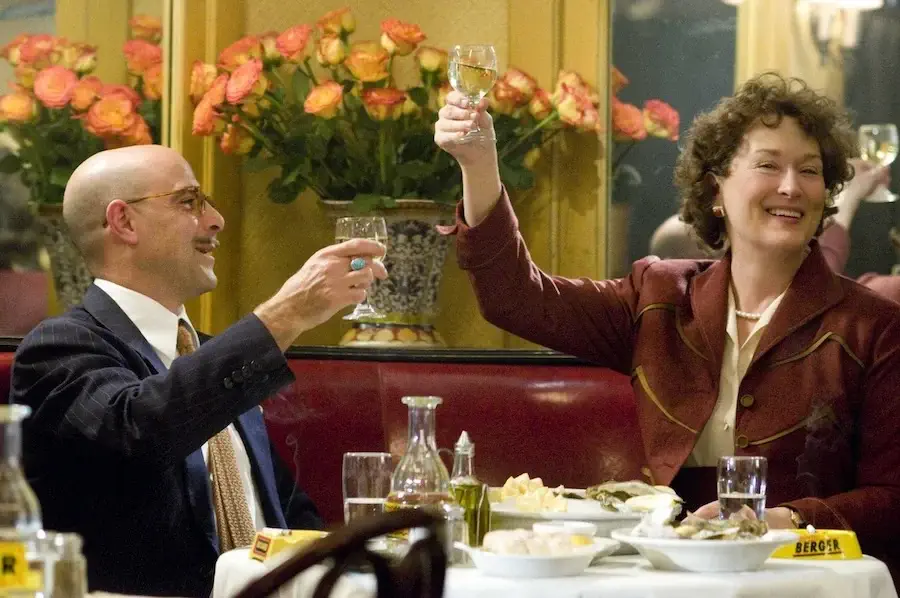
Put relationships first
“Family remains important for us and we make time for it at least over the weekend,” says Tavani. Work out who your ‘family’ is (friends, neighbours, lovers) and make it your mission to spend as much time with them as possible.
Find little moments of joy
Use your gut in carving out daily moments of joy, whether that’s a stroll in your local park or a glass of wine in the sunshine. Not only will this allow you time to do nothing, it will also help that time to stand out, and feel meaningful.
Come to Italia
Where better to begin your journey to sweet nothingness than in the birthplace of il dolce far niente? Spend long hazy days on the golden beaches of Sicily, or meandering the Prosecco hills of Venice, and appreciate life to the full.
Images: Shutterstock, Movie Stills Database

